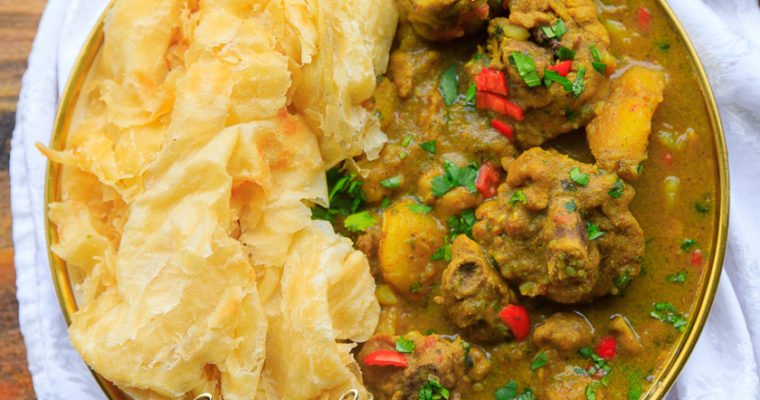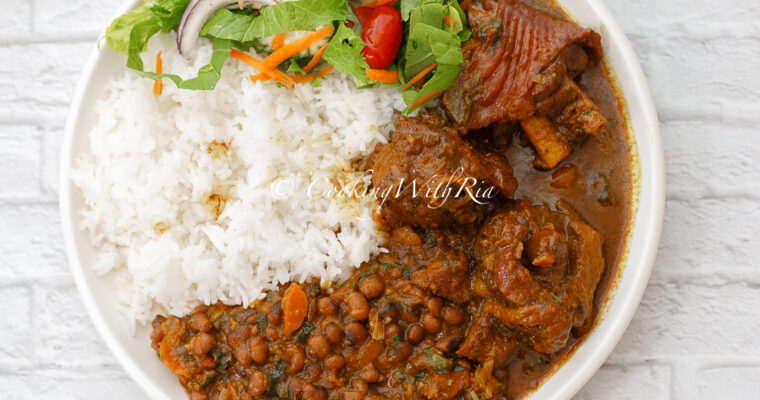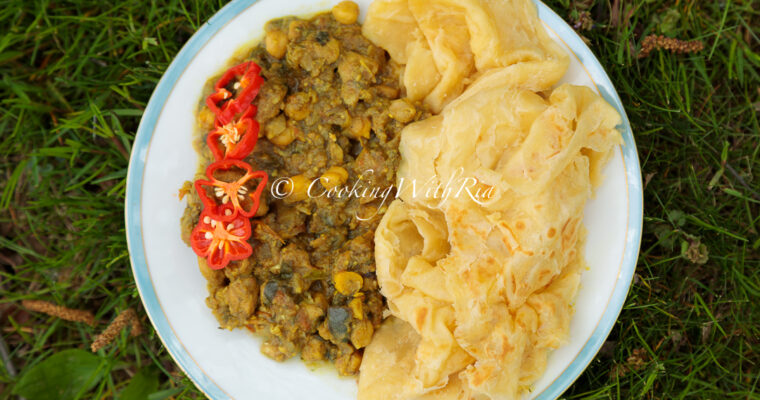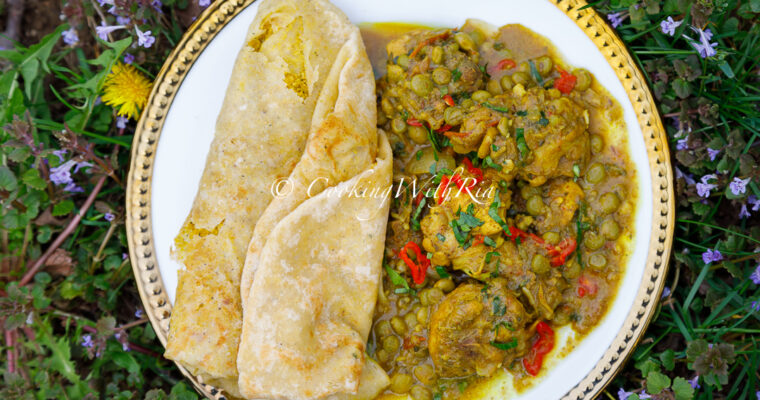Trinidad Chutney Music is a Fusion of Indian and Caribbean Rhythms
Chutney music is a unique genre that originated in Trinidad and Tobago, blending traditional Indian folk music with Caribbean rhythms like soca and calypso. This vibrant music genre has become a staple in Trinidad and Tobago’s cultural landscape, particularly within the Indo-Trinidadian community, and is often associated with celebrations, festivals, and weddings.
Origins and Evolution
Chutney music traces its roots back to the arrival of Indian indentured laborers in Trinidad during the mid-19th century. These laborers brought with them their religious practices, languages, and musical traditions, including Bhojpuri folk songs. Over time, as the Indian community integrated with the broader Caribbean culture, chutney music emerged as a hybrid form, blending traditional Indian instrumentation like the dholak (a two-headed drum), harmonium, and dhantal with Afro-Caribbean and Creole influences.
By the 1960s and 1970s, chutney music began to transform into a more accessible, energetic genre, gaining popularity among wider audiences in Trinidad. It incorporated faster tempos and was influenced by soca music, leading to the development of a sub-genre known as Chutney Soca in the 1980s.
Key Characteristics of Chutney Music
Chutney songs are usually performed in a mixture of English, Bhojpuri Hindi, and sometimes Trinidadian Creole. The themes often revolve around love, heartbreak, social commentary, and everyday life, with many songs dedicated to deities and religious celebrations, particularly in Hindu culture.
Key elements of chutney music include:
- Rhythmic beats driven by the dholak and tassa drums.
- The harmonium, a hand-pumped keyboard instrument, provides melodic support.
- Vocal storytelling is a core aspect, often delivered in a high-energy, call-and-response style, reminiscent of traditional Indian music.
The Rise of Chutney Soca
In the 1980s and 1990s, artists like Sundar Popo, often called the “Father of Chutney,” helped to popularize chutney music. Sundar Popo’s fusion of traditional Indian rhythms with soca led to a new genre: Chutney Soca. His songs, such as “Nana and Nani,” showcased the seamless blend of cultures, incorporating catchy, danceable beats that resonated with younger audiences.
Chutney Soca brought chutney music to Trinidad Carnival, the most significant cultural event in the country, where it gained even wider appeal. The genre became more mainstream, with artists incorporating electronic instruments, modern production techniques, and pop sensibilities.
Chutney Music in the Modern Era
Today, chutney music continues to thrive in Trinidad and Tobago and the wider Caribbean. The Chutney Soca Monarch competition, held annually as part of the Carnival celebrations, is one of the most prestigious events in the genre. Artists like Ravi B, Drupatee Ramgoonai, and KI Persad have become leading figures in modern chutney soca, often blending Bollywood-style melodies with Caribbean rhythms.
Drupatee, known as the “Queen of Chutney Soca,” is credited with pioneering the female voice in chutney music. Her hit song “Roll Up the Tassa” remains a popular tune that bridges the gap between traditional Indian sounds and Carnival’s infectious energy.
Ravi B, a contemporary chutney soca artist, has produced hits that explore both the cultural heritage and modern evolution of the genre. His song “Dularie Nanny” gained widespread acclaim, blending humorous storytelling with up-tempo soca beats.
Impact on Trinidadian Culture
Chutney music has played a critical role in preserving the Indian heritage within Trinidad and Tobago while simultaneously promoting cross-cultural exchanges. It is a vital expression of Indo-Trinidadian identity, connecting younger generations to their ancestral roots while remaining relevant in a modern, multicultural society.
Chutney music also serves as a medium for social commentary, much like calypso. While it maintains its roots in traditional Indian devotional music, chutney songs often address topics like relationships, family, and the challenges of contemporary life in Trinidad.
Notable Artists in Chutney Music
- Sundar Popo – The pioneer of chutney music, known for hits like “Nana and Nani” and “Scorpion Gyul.”
- Drupatee Ramgoonai – The Queen of Chutney Soca, famous for songs like “Pepper Sauce” and “Roll Up the Tassa.”
- Ravi B – A modern chutney soca artist known for his energetic performances and hit songs like “Dularie Nanny.”
- KI Persad – A Chutney Soca Monarch winner known for fusing Bollywood sounds with Trinidadian rhythms.
Chutney’s Global Influence
Chutney music has crossed international boundaries, especially in countries with large Caribbean and Indo-Caribbean communities like Canada, the U.S., and the U.K. It’s a favorite at diaspora celebrations and continues to evolve as part of the global Caribbean music scene.
Chutney music is a vital part of Trinidad and Tobago’s musical and cultural heritage. It symbolizes the blending of Indian and Afro-Caribbean cultures and has grown into a dynamic genre that continues to innovate while staying true to its roots. Whether played at a local wedding, a Carnival fête, or in the Chutney Soca Monarch competition, chutney music remains a joyful and energetic celebration of Trinidadian life.
References:










